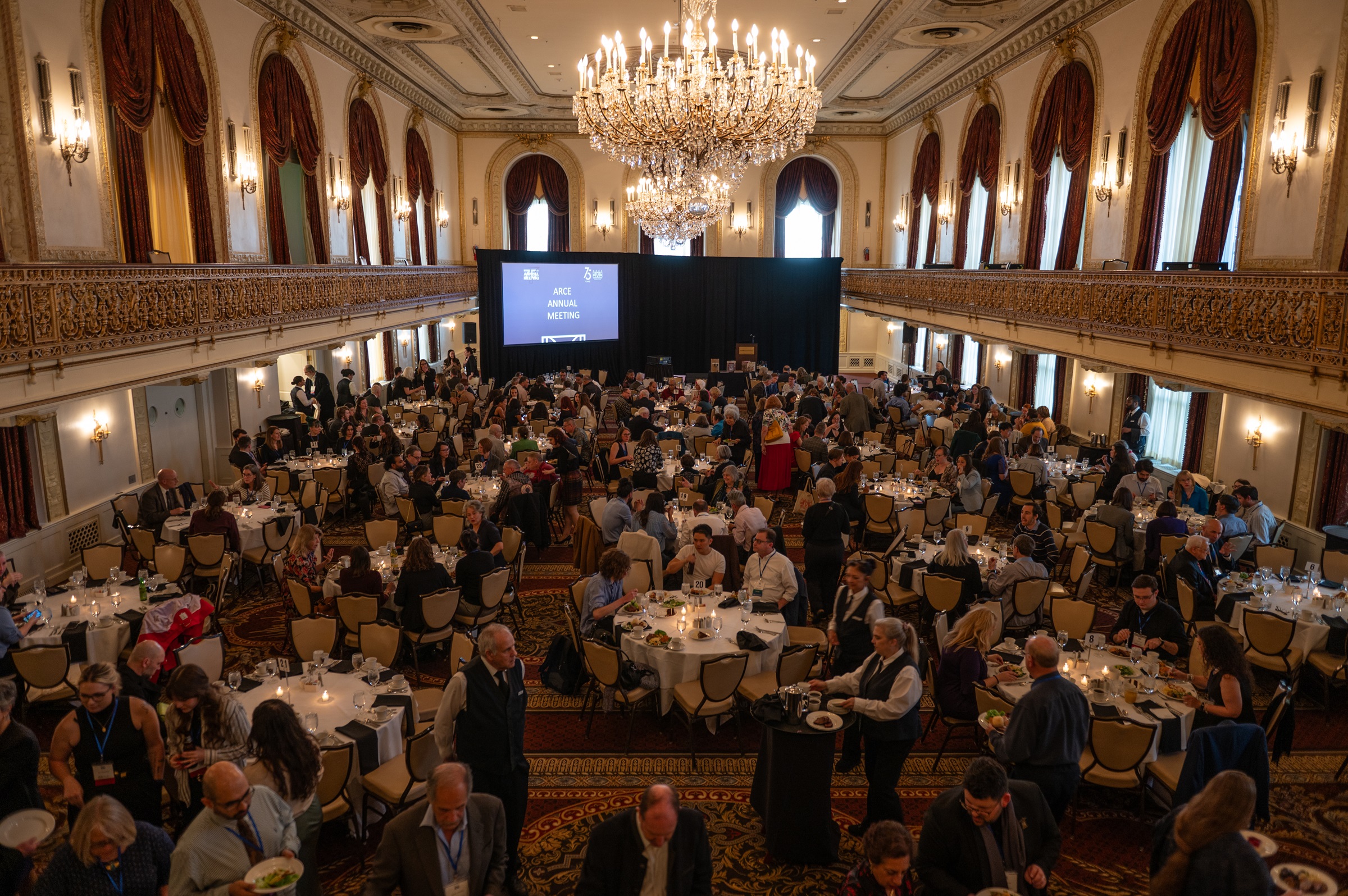Natalia Suit
- Fellowship Dates 2018-2018
- Research Topic Qur'anic Matters: Media and Materiality
- Fellow or Grant Type National Endowment for the Humanities
- Affiliation Post-doctoral candidate King University
This research questions how the materiality of the Qur’anic text – its tangible, physical body – mediates the practices that surround it. The academic interest in the Qur’an has primarily, and understandably, been driven by its religious, historical and literary importance as a religious text or its aesthetic qualities as a manuscript. By shifting the focus away from message, this study shows how material qualities of text (font, format, paper, binding, etc.) also have the capacity to shape religious discourse and practice. The project approaches the materiality of the Qur’an as a way of tracking the transformations of religious authority, agency, knowledge and Muslim practice. It focuses on various media, especially on moments of their transformation (manuscript to print and print to digital), and follows the connections, pressures and alignments generated among a manufactured sacred text, tradition and practical religious experience. Most Egyptian and foreign historians address the early history of printing in Egypt by focusing on the Bulaq Press and its governmental offshoots. Moreover, they do not treat masahif as a separate category of books. Secondary materials show that Qur’anic printing in Egypt followed a more diverse path than Saudi-produced masahif and that the celebrated Mushaf Fu’ad was preceded by a number of typographic and lithographic masahif produced by small, family-owned publishing houses mentioned briefly in book catalogues and family lore. This project intersects history, religious studies and anthropology. Theoretically, it engages current discussions on the role of materiality in religious practice; ethnographically, it fills the niche of interdisciplinary approaches to a religious text that look at both the text’s content and the form that mediates that content. It uniquely brings together in one ethnographic narrative the historical and contemporary cultural, economic, religious and aesthetic facets of technological mediation focused on one particular religious object – the mushaf.

